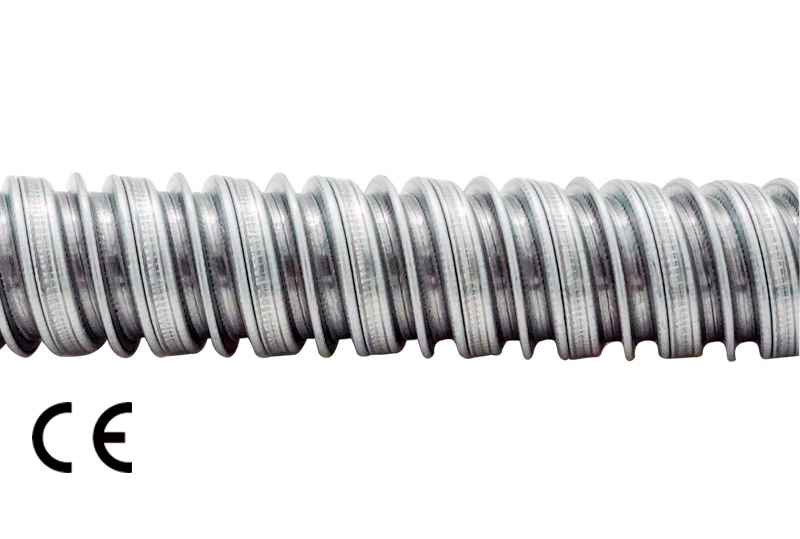How to Install Flexible Metal Conduit?
Mar. 04, 2024
Flexible Metal Conduit (FMC) installation is a critical aspect of electrical wiring projects. It ensures safety, durability, and efficiency in electrical systems. In this comprehensive guide, we'll walk you through the step-by-step process of installing flexible metal conduit, covering everything from preparation to final inspection.

Flexible Metal Conduit also known as FMC, is a type of electrical conduit that provides protection for wiring in areas where flexibility is required. It is commonly used in commercial and industrial applications where rigid conduit is impractical. Flexible Metal Tubing is made of a spiral-wound metal strip with an outer PVC coating, making it flexible yet durable.
Tools and Materials Needed
Before you begin the installation process, ensure you have the following tools and materials:
Flexible Metal Conduit (FMC)
FMC connectors
Fish tape
Conduit bender
Screwdriver
Wire cutter/stripper
Electrical tape
Featured content:Can you use an airless sprayer without a filter?
Key Questions to Ask When Choosing a Water Pump Body Casting Vendor
Key Questions to Ask When Choosing a Valve Plate Supplier
How to Choose the Best Valve Plate Exporter?
10 Tips You Should Know about Gardening for Beginners
Essential Valve Parts for Japan's Industrial Needs
How to Choose the Best Bearing Shelve for Sale
Safety gloves and goggles
Step-by-Step Installation Process
1. Planning and Preparation
Begin by planning the route for the FMC, considering factors such as obstructions, bends, and access points. Measure and cut the FMC to the required lengths using a conduit cutter or hacksaw. Ensure that the ends are smooth and free from burrs.
2. Mounting the FMC
Secure the FMC in place using appropriate mounting hardware, such as straps or clamps. Ensure that the conduit is adequately supported and spaced according to local building codes.
3. Making Connections
Install FMC connectors at both ends of the conduit, ensuring a secure and watertight connection. Use a screwdriver to tighten the connectors securely.
4. Pulling Wires
Use a fish tape to pull the wires through the FMC. Ensure that the wires are properly sized and rated for the electrical load. Avoid overfilling the conduit, as this can lead to overheating and damage.
5. Bending the Conduit (if necessary)
If the Metallic Fittings needs to bend to navigate corners or obstacles, use a conduit bender to achieve smooth, gradual bends without kinking or damaging the conduit.
6. Securing Connections
Once the wires are in place, secure the connections using appropriate fasteners, such as locknuts or bushings. Inspect the connections for any signs of damage or looseness.
7. Testing and Inspection
Before powering up the electrical system, conduct a thorough inspection of the FMC installation. Check for proper grounding, secure connections, and adherence to local electrical codes.
By following these steps and safety precautions, you can ensure a successful and code-compliant installation of flexible metal conduit for your electrical wiring projects.
Why Choose Bevel Gears for Mining Cone Crushers?
Top Bevel Gear for Mining Cone Crusher Vendor 2024
Essential Forklift Tips for Safe Construction Site Operations
Top Forklifts for Construction in 2024
The Advantages of Implementing Precision Machining Services
4 Tips to Select the Perfect Longhe Attachments Custom
How to Choose Between Rooftop Parking and Backpack Parking Air Conditioners?
366
0
0
All Comments (0)
Previous: The Beginner's Guide to Steam Boilers
Next: None
Related Articles
If you are interested in sending in a Guest Blogger Submission,welcome to write for us!










Comments